Calgren Dairy Fuels dairy digester pipeline cluster–California’s first–captures methane from cow manure to reduce greenhouse gas emissions and provide a carbon-negative fuel
Southern California Gas Co. (SoCalGas) and biogas producer Calgren Dairy Fuels (Calgren) today announced that renewable natural gas produced at Calgren’s dairy digester facility in Pixley, California is being injected into SoCalGas pipelines. The project marks the first time that carbon-negative renewable natural gas produced from cow manure has been injected directly into SoCalGas’ natural gas system. In August 2018, SoCalGas began receiving renewable natural gas into its system from CR&R, Inc.’s anaerobic digestion facility in Perris, California. The renewable natural gas from that digestion facility is already being used to fuel about 400 waste hauling trucks. Renewable natural gas is a carbon-negative fuel produced from waste and agriculture that can be used in trucks and buses, to generate electricity, fuel heating systems in homes and businesses, and for cooking.
“Developing renewable natural gas is a smart and cost-effective solution to reducing greenhouse gas emissions from the transportation and building sectors,” said Sharon Tomkins SoCalGas vice president for customer solutions and strategy. “Replacing just 16 to 20 percent of our traditional natural gas with renewable natural gas would reduce emissions equal to electrifying 100 percent of buildings in the state, but it would be two to three times more cost-effective. Moreover, the renewable natural gas solution does not require expensive appliance changeouts or costly new mandates.”
“We are proud of what we have accomplished here,” said Lyle Schlyer, Calgren’s President. “The benefits of this partnership between dairy farmers, private industry and SoCalGas are numerous. We produce clean renewable natural gas for use as a carbon-negative fuel which benefits the local community through cleaner air and jobs.”
“Renewable natural gas options have presented themselves as an incredibly viable way of achieving our environmental sustainability goals,” said Assemblymember Devon J. Mathis. “Tulare County is the dairy capital of the world, and it’s wonderful to see a logical blend of agriculture and technology in a way which benefits everyone. The potential for these technologies is outstanding and deserves to be further developed and funded.”
“The biogas project brought to Tulare County by Calgren will be a welcomed economic benefit to Tulare County communities,” said Pete Vander Poel, Vice Chair of the Tulare County Board of Supervisors.
“This new energy sector will not only reduce greenhouse gases and improve air quality, it will provide real job opportunities for County residents and economic growth.”
Calgren’s facility, known as a dairy digester pipeline cluster, will collect biogas from anaerobic digesters at 12 Tulare County dairies then clean it to produce pipeline-quality renewable natural gas. This is the first such dairy digester pipeline cluster in California and is expected to be the largest dairy biogas operation in the U.S. when Calgren adds 9 additional dairies later this year. The facility will capture the methane produced from the manure of more than 75,000 cows, preventing about 130,000 tons of greenhouse gas from entering the atmosphere each year, the equivalent of taking more than 25,000 passenger cars off the road for a year.
SoCalGas will be capable of adding up to 2.26 billion cubic feet of renewable natural gas each year to its pipeline system from the facility, enough to fuel more than 1,200 Class 8 heavy duty trucks.
Renewable natural gas can be produced from dairy manure, food waste, landfills, and wastewater treatment plants and other sources. Capturing this otherwise wasted gas and turning it into a renewable fuel significantly reduces greenhouse gas emissions from these waste sources.
Research shows that California can achieve the same greenhouse gas emissions reductions as electrifying 100 percent of the state’s buildings by displacing 16 to 20 percent of traditional natural gas with renewable natural gas sourced from dairies, landfills and wastewater treatment plants. This scenario is two to three times more cost-effective than mandated electrification and does not require expensive appliance change outs or impose limitations on the forms of energy Californians can choose.
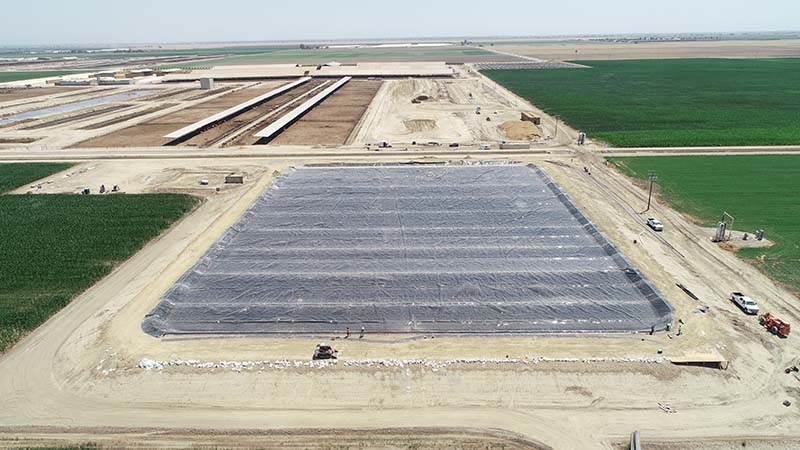
A renewable natural gas solution to reducing emissions from the transportation and building sectors is also consistent with the mandate under Senate Bill 1383 to reduce short-lived climate pollutants, 80 percent of which comes from waste streams, dairies and agriculture. Today, there are already 24 California dairy methane capture projects either operating or in development, and experts estimate there could be as many as 120 projects funded and operating in next five years. In addition, as the state seeks to divert organic waste from landfills and capture emissions from wastewater treatment plants, more and more renewable natural gas will become available.
The Calgren project and others like it are partly funded under California’s Dairy Digester Research and Development Program, which aims to reduce greenhouse gas emissions from manure generated at state dairy farms. Calgren’s preference is to provide renewable fuel for existing CNG refuelers in California via SoCalGas’ pipeline system. However, the Calgren facility is also able to use the renewable gas to indirectly produce a high-octane gasoline additive or in a new biodiesel plant that will come online midyear.
Another source of renewable energy for California
As California policymakers have sought to expand the production and use of renewable energy, SoCalGas has been working to increase the amount of renewable natural gas produced in California and delivered to its customers. Renewable natural gas can be produced from waste at landfills, wastewater treatment plants, food processing and dairies.
Consumer preference polls support the increased production and use of renewable natural gas. Research shows nine out of 10 California families use natural gas in their homes and prefer it by a margin of 4 to 1 over electricity. In addition, strong majorities of consumers—nearly 80 percent—prefer to use natural gas for cooking in their homes, and nearly two-thirds of consumers believe gas is their most affordable energy choice. According to the American Gas Association (AGA), households that use natural gas for water and space heating, cooking and clothes drying save an average of $874 per year compared to homes using electricity for those applications.
In addition, renewable natural gas is available day and night to complement other renewable energy sources like solar and wind, making the entire energy system cleaner and more reliable.
Renewable natural gas has already begun to clean the air and reduce greenhouse gas emissions in California’s transportation sector, which accounts for more than 80 percent of smog forming emissions and about 40 percent of greenhouse gas emissions in the state. The latest generation of natural gas engines for heavy duty vehicles can reduce smog-forming emissions by more than 90 percent. When fueled with renewable natural gas, they can reduce greenhouse gas emissions by 80 percent or more. Already, more than 60 percent of natural gas trucks in California are fueled by renewable gas delivered by SoCalGas pipelines.
For more information on renewable natural gas, go to: socalgas.com/smart-energy
 Alternative Energy HQ solar power for homes, wind energy, and bio fuel issues
Alternative Energy HQ solar power for homes, wind energy, and bio fuel issues
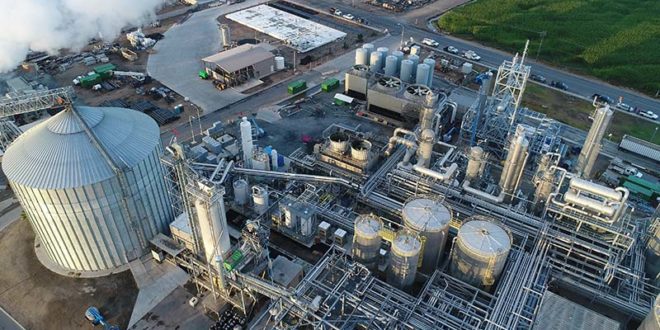

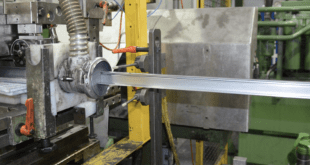


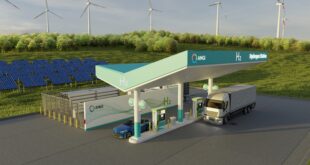
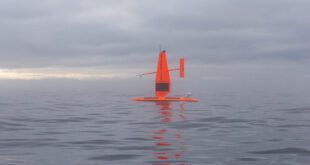

2 comments
Pingback: Renewable Natural Gas Now Flowing into SoCalGas Pipelines from Calgren Dairy Digester Pipeline Cluster
Pingback: Renewable Natural Gas Now Flowing into SoCalGas Pipelines from Calgren Dairy Digester Pipeline Cluster